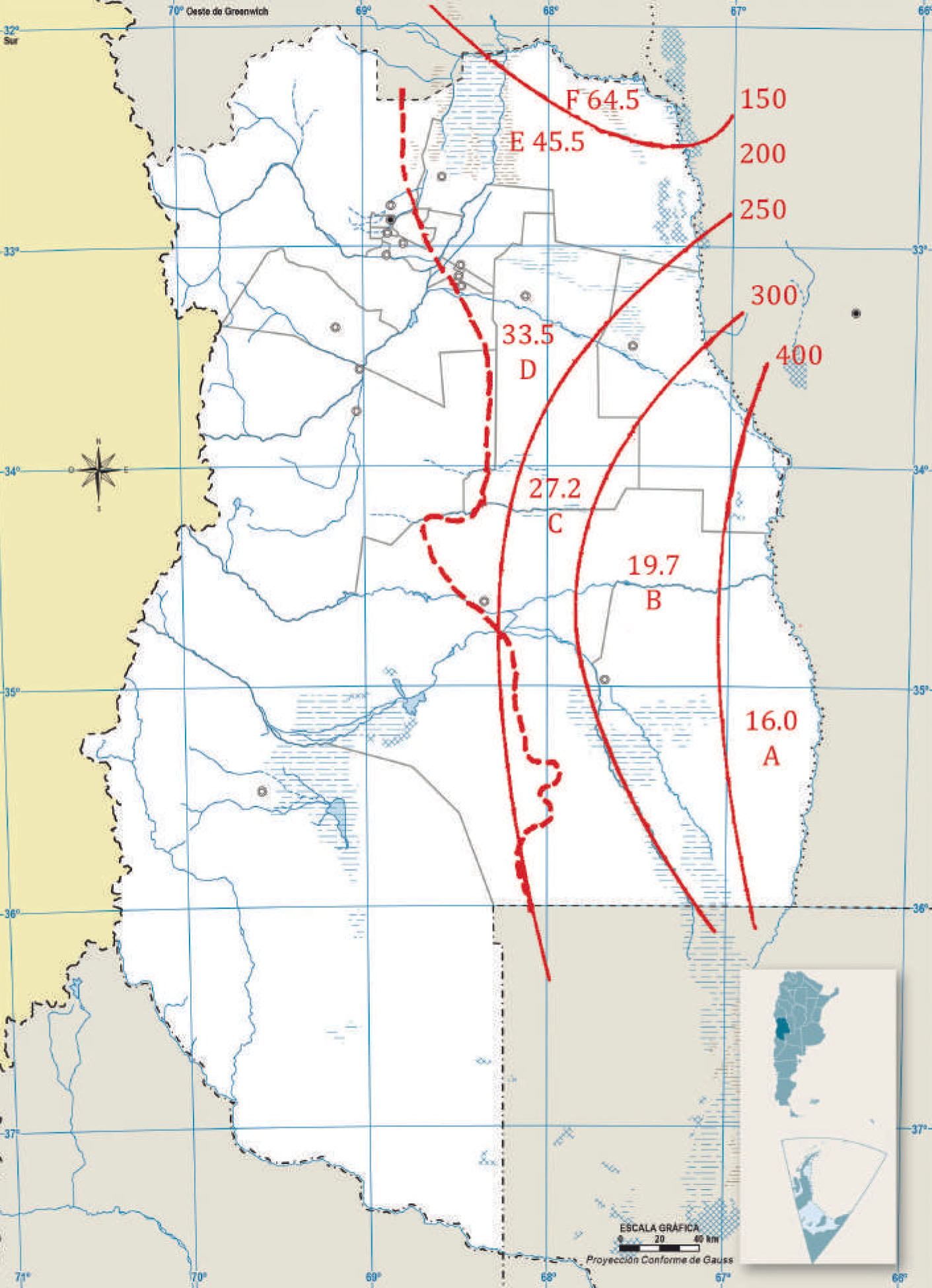Sustainable use of rangelands of the Mendoza plain (Argentina)
Keywords:
carrying capacity, Opuntia spp., economic feasibility, cattle, goatsAbstract
This review includes the location, the biogeographic characteristics and the production systems of the Mendoza plain. The procedure for estimating the carrying capacity for cattle was described. For its evaluation, annual forage production was estimated from the dependable annual rain (f0.8) and the rain-use efficiency factor (kg DM ha-1 year-1 mm-1). The yearlong proper use factor of available forage was 30%, while the herbaceous and woody accessible layers to cattle were 80% and 50%, respectively. The estimated carrying capacity was, on average, 24.3 ha AU-1. This evaluation, denoted the need to have forage reserves from 2 years, in 10 not included in the model. The use of spineless cactus was considered as buffer feed reserve. Its benefits and restrictions are mentioned. The major limitation to plantations of Opuntia ficus-indica (L.) Mill. for fodder in Mendoza plain is cold winter temperatures. To overcome this constraint, ten progenies of the interspecific cross between Opuntia lindheimerii Engelm. (cold hardy) and O. ficus-indica were examined for freezing hardiness. Due to the great importance of cactus as suitable crop for livestock production in arid areas, the economic feasibility of its plantation for both cattle and goat production systems was included in the review.
Downloads

Downloads
Published
How to Cite
Issue
Section
License
Aquellos autores/as que tengan publicaciones con esta revista, aceptan las Políticas Editoriales.










.jpg)




